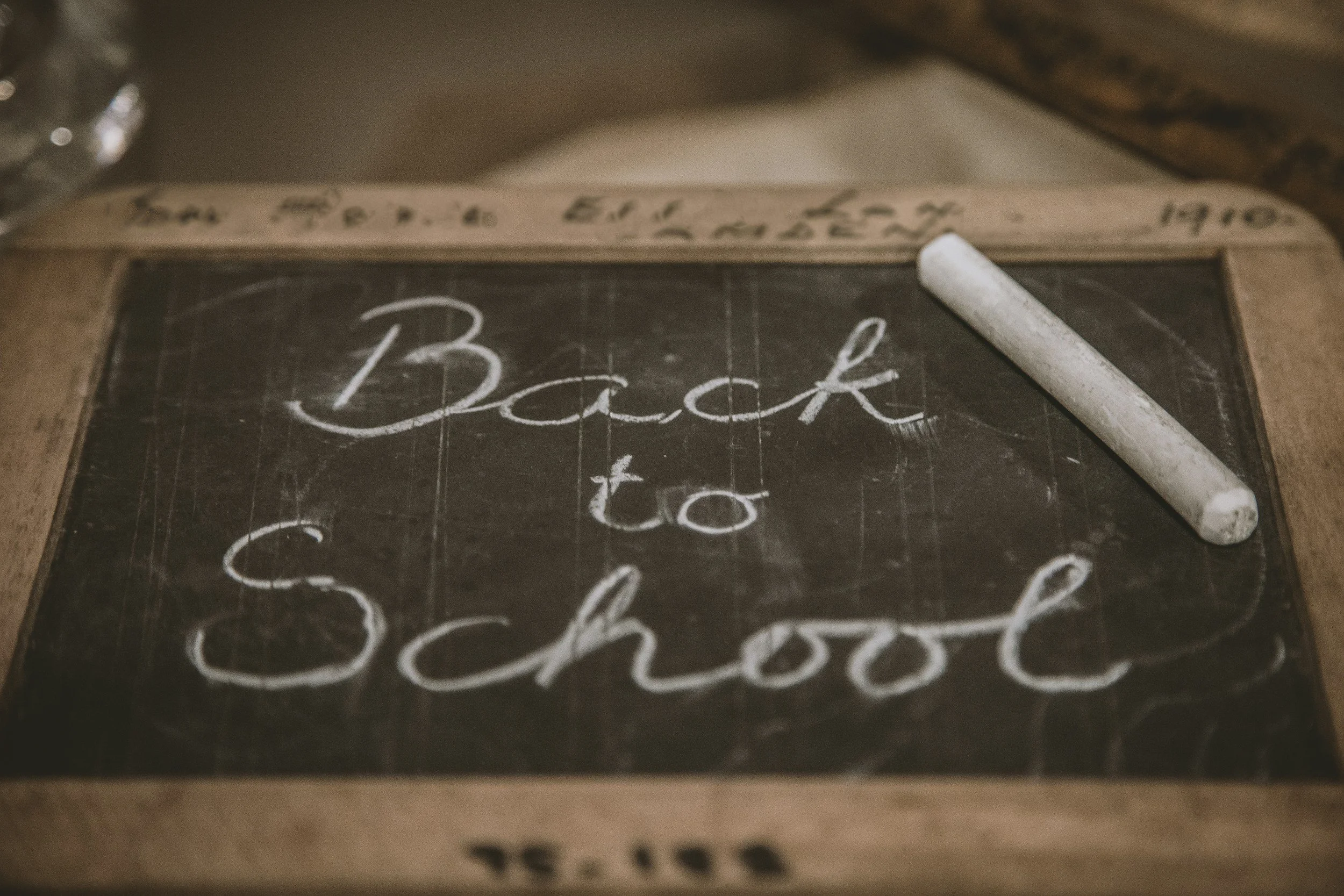
The Invisible Load of Motherhood During the Holidays: Recognizing and Healing
Learn how the invisible load of motherhood intensifies during the holidays — and how to protect your mental health with practical, research-backed strategies. Support for anxious attachment, emotional overwhelm, and holiday stress from therapist Hannah Dorsher.

Mom Guilt vs. Secure Attachment: Letting Go of Perfection
Learn why mom guilt shows up, how it relates to anxious attachment, and practical ways to build secure attachment in motherhood—without striving for perfection, from an attachment therapist for moms from Fort Collins, Colorado.

When Halloween Feels Overwhelming–Managing Sensory and Emotional Overload for Moms and Kids
Halloween can be a delight—but for moms and children sensitive to sensory input, it can also overwhelm. Learn five practical strategies to reduce stress, protect your nervous system, and still enjoy the night together from licensed therapist, Hannah Dorsher– based in Fort Collins, Colorado.

How Birth Trauma Impacts Early Bonding and What You Can Do About It
Discover how birth trauma can affect early bonding and attachment between mother and baby—and learn evidence-based steps to heal. Hannah Dorsher, therapist and attachment coach in Fort Collins, CO, shares research, practical tools, and hope for recovery.

Healing While Mothering: Navigating Attachment Wounds While Raising Little Ones
Learn how to heal your own attachment wounds while raising little ones. Discover practical strategies, nervous system tools, and self-compassion practices to support both you and your child.

How Transitions Trigger Attachment Wounds (And What to Do About It)
Life transitions—like back-to-school, new routines, or becoming a mom—can trigger old attachment wounds and nervous system stress. Learn why change feels so hard and discover practical, attachment-based tools to find calm, safety, and resilience.

Navigating Mother’s Day with a Strained Mother-Daughter Relationship (Through an Attachment-Based Lens)
Struggling with a complicated relationship with your mom on Mother’s Day? Learn how to navigate the day with compassion and healthy boundaries using an attachment-based approach, especially if you're a mom yourself.

How to Use Valentine’s Day to Strengthen Self-Love and Heal Attachment Wounds
Discover how to turn Valentine’s Day into a celebration of self-love and attachment healing. Learn practical tips to nurture your emotional well-being, build secure attachment, and embrace personal growth this season. Read more!
